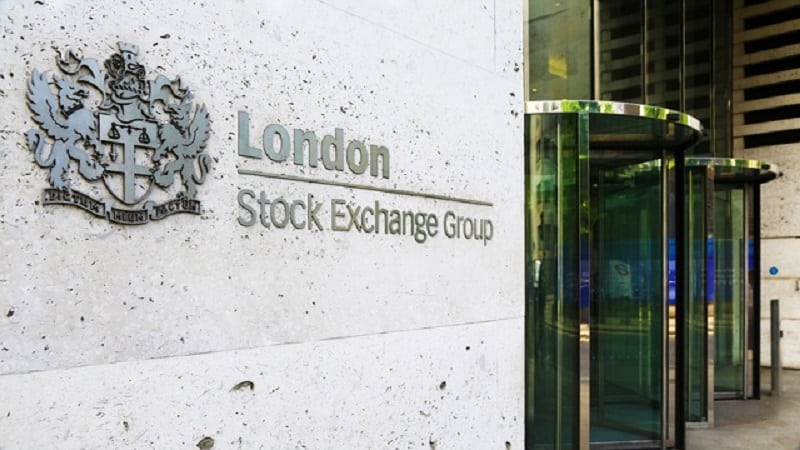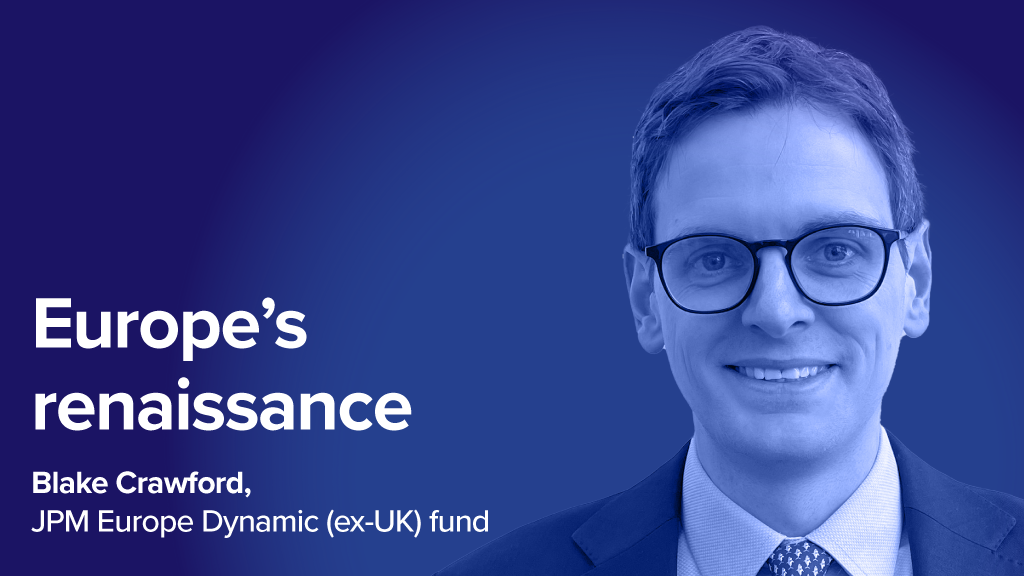President Donald Trump’s incoming policies are causing consternation in markets but should not push the US economy into recession, said Neil Shearing, group chief economist at Capital Economics. However, it will still be a bumpy ride for the world’s superpower economy.
Speaking at Portfolio Adviser’s Spring Congress event held in Horsham in mid-March, Shearing noted, during the past few weeks in markets, there have been fears that uncertainty over the policy environment and incoming tariffs would trigger an economic growth contraction in the US. He pointed to two key data sets – the ISM and PMI surveys – to show that incoming data has softened.
PA Live: Global equities and Trump volatility: Start of a new cycle?
“We are forecasting a contraction in GDP in the first quarter of the year, but if you look at the downturn in the business surveys themselves, the US economy doesn’t appear to be falling off a cliff,” he explained. Capital Economics is forecasting a rebound in the second quarter, so “a bumpy path” rather than recession.
“Everyone is expecting a wave of tax cuts that’s going to unleash a golden era of growth in the US. I’m here to tell you it’s not happening. I don’t think there are going to be any additional tax cuts beyond the extension of the 2018 Trump tax cuts that are due to expire this year. The reason for that is the deficit is too large, the debt burden is too big,” he said. The wave of deregulation set off by the so-called Department of Government Efficiency will not make a significant difference, he added.
Three things on EU policymakers’ minds
In Europe, the economy has been “stagnant”, with no growth in Germany for five years. Shearing highlighted three things policymakers in Europe need to think about: tariffs; the domestic economy and the labour market; and defence spending and fiscal spending in Germany.
“Tariffs on Europe are important but they’re not an enormous game-changer. A 10% tariff on exports from Europe would knock about 0.1% off eurozone GDP. So tariffs aren’t helpful but I don’t think they are this kind of existential threat to the eurozone that some have suggested,” he said.
See also: Safe haven no more? ‘US Treasuries are behaving like distressed assets’
The domestic economy has slowed and a concern for the European Central Bank has been the strength of wage growth, which has been above 5%, Shearing said, but he noted income growth is now slowing sharply.
Germany’s fiscal reforms are “a big deal” and could see an increase in defence and infrastructure spending amounting to 1% of GDP. There is almost no room for other European countries to have a similar fiscal expansion focused on defence spending, because deficits and debt burdens are higher elsewhere. Germany’s defence spending is important as it could raise its GDP by 2.5% a year from 2026.
Inflation and rate cuts
Turning to the outlook for inflation and interest rates, Shearing predicted a sell-off ahead in the US bond market as interest rate cuts that have been priced in cannot be fulfilled by a Federal Reserve under pressure to deal with inflation heading back to 3%.
In the UK, inflation will fall “further and faster” than most people are anticipating, he suggested, as weaker labour market conditions start to feed through and the energy price cap likely falls. Capital Economics is forecasting one 25 basis point interest rate cut every quarter from the Bank of England, a bit more than the market is pricing in. This would take the bank rate to 3.5% by the end of 2026.
This article originally appeared in the April issue of Portfolio Adviser magazine









